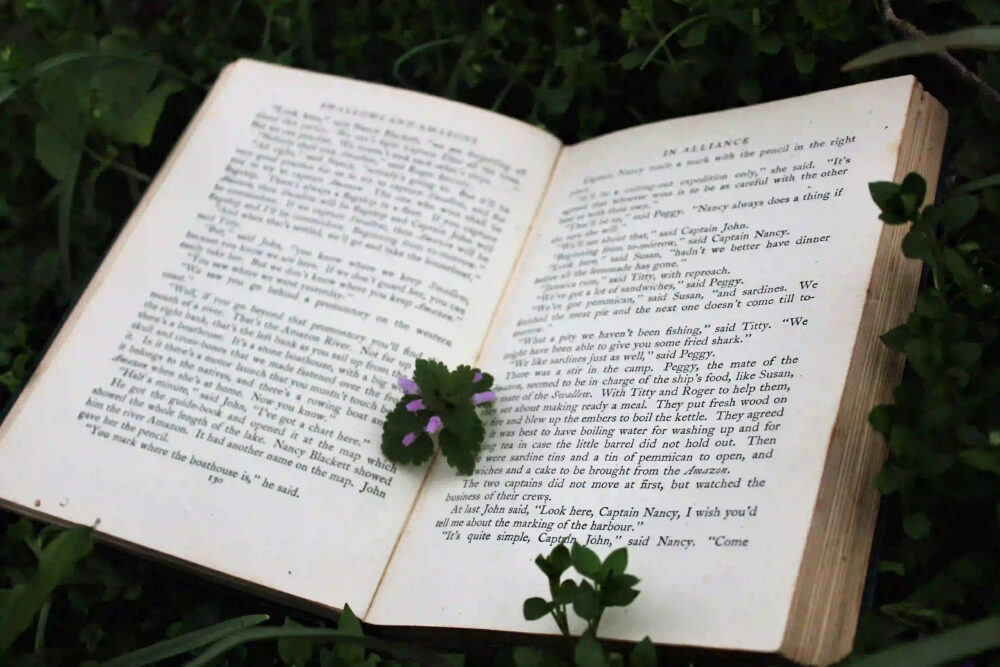Historical fiction is a genre that transports readers to different time periods, allowing them to experience history through the lens of fictional characters and stories. It is a delicate art that requires a careful balance between fact and fiction, creating a compelling narrative while staying true to the historical context. In this blog post, we will explore the intricacies of historical fiction writing and discuss the techniques authors use to strike the perfect balance.
The Power of Historical Fiction
Historical fiction has a unique power to captivate readers by bringing history to life. By weaving fictional characters and narratives into real historical events, authors can provide a deeper understanding of the past while making it relatable and engaging. Through historical fiction, readers can step into the shoes of different individuals and experience the triumphs, struggles, and complexities of a bygone era.
Research: The Foundation of Historical Fiction
To create a convincing historical fiction novel, authors must embark on a journey of extensive research. Thorough understanding of the time period, including the social, cultural, and political aspects, is essential. This research allows authors to accurately depict the setting, customs, and mindset of the characters, immersing readers in an authentic historical experience.
Balancing Fact and Fiction
The challenge lies in balancing the factual elements with the fictional narrative. While historical accuracy is crucial, authors must also allow room for creative storytelling. Striking this delicate balance requires a deep understanding of the historical context and the ability to seamlessly integrate fictional characters and events into real history.
Character Development in Historical Fiction
Creating believable and compelling characters is paramount in historical fiction. Characters must reflect the values, beliefs, and struggles of the era while also resonating with modern readers. Authors often take inspiration from real historical figures, molding them into fictional personas that add depth and authenticity to the story.
Ethical Considerations in Historical Fiction
When manipulating historical facts for the sake of storytelling, authors must be mindful of ethical boundaries. While some degree of creative license is acceptable, distorting or misrepresenting historical events for the sake of drama can be misleading and disrespectful. Authors must be transparent with readers about the fictional elements of their work, ensuring they understand where the line between fact and fiction lies.
Engaging Readers with Historical Fiction
To engage readers and keep them invested in the story, historical fiction must strike a balance between educational and entertaining. By blending historical accuracy with compelling storytelling, authors can transport readers to a different time, evoking emotions and immersing them in the complexities of the past.
Conclusion
The art of historical fiction lies in the delicate balance between fact and fiction. By conducting thorough research, developing believable characters, and respecting ethical considerations, authors can create immersive narratives that educate, entertain, and transport readers to different eras. Historical fiction has the power to breathe life into history, making it accessible and relatable to a wide audience. So, the next time you pick up a historical fiction novel, delve into its pages knowing that you are about to embark on a journey that seamlessly blends fact and fiction, offering a unique perspective on the past.
